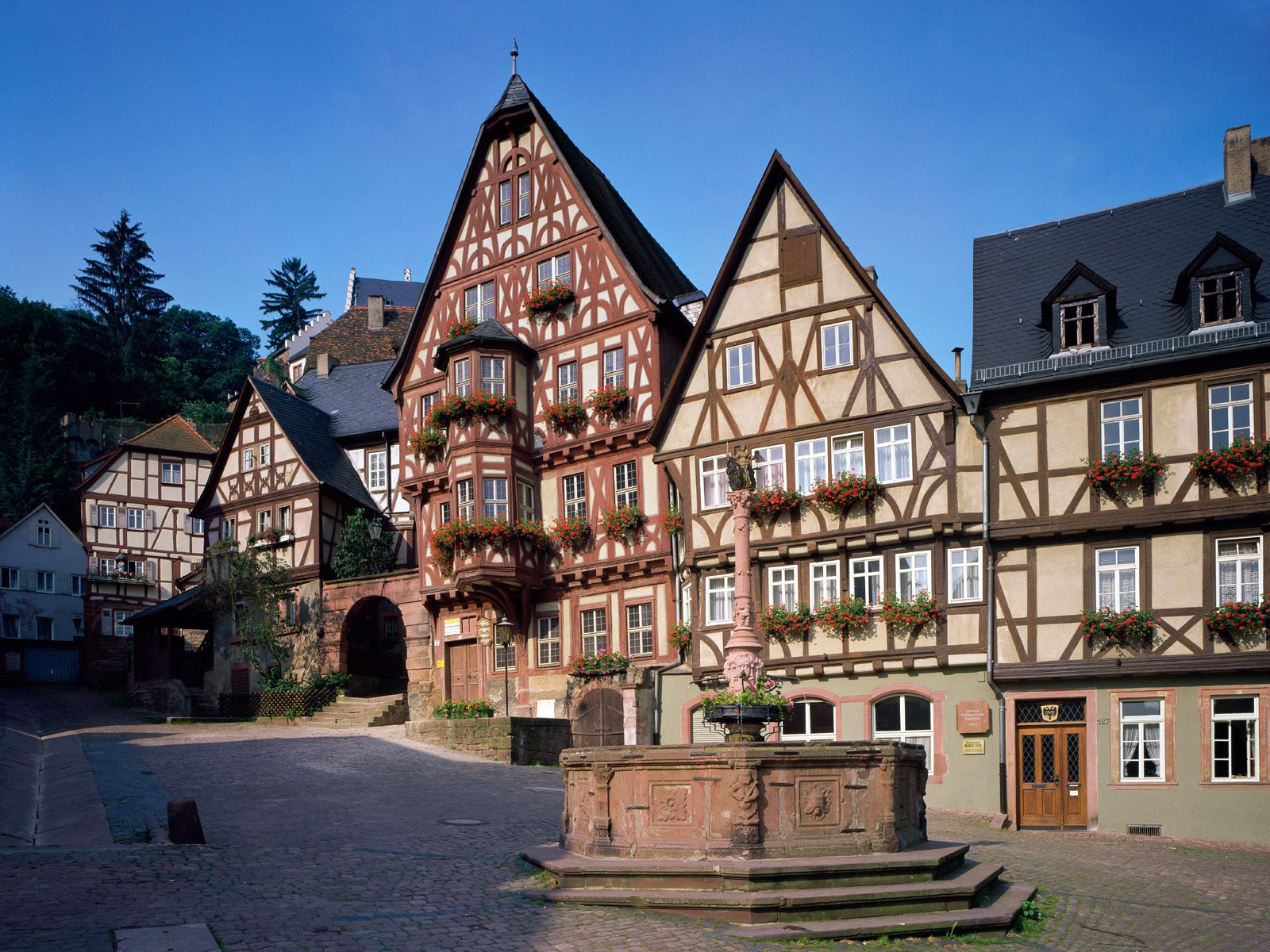Global Travel Information
Sinai Desert, Egypt
The Sinai Desert: A Land of Ancient Mysteries and Stark Beauty
The Sinai Desert, a rugged and awe-inspiring region in Egypt, is a land of contrasts—where towering mountains meet endless golden sands, and ancient history blends seamlessly with the raw power of nature. Stretching between the Mediterranean Sea to the north and the Red Sea to the south, this triangular peninsula has long been a crossroads of civilizations, a place of pilgrimage, and a sanctuary for spiritual seekers. Its dramatic landscapes, rich cultural heritage, and profound biblical significance make it one of the most fascinating deserts in the world.
Geography and Natural Wonders
The Sinai Desert covers an area of approximately 60,000 square kilometers, characterized by its harsh, arid environment and striking geological formations. The southern part of the peninsula is dominated by the towering peaks of the Sinai Mountains, with Mount Sinai (also known as Jebel Musa) standing as the most iconic. Rising 2,285 meters above sea level, this sacred mountain is believed by many to be the biblical site where Moses received the Ten Commandments.
To the east, the desert slopes down toward the Gulf of Aqaba, where vibrant coral reefs and turquoise waters attract divers from around the world. The western edge of the Sinai borders the Suez Canal, while the northern region consists of vast sand dunes and rocky plateaus. Despite its arid climate, the Sinai is home to a surprising variety of wildlife, including ibexes, foxes, and migratory birds that pass through its valleys.
Historical and Religious Significance
Few places on Earth hold as much spiritual weight as the Sinai Desert. For millennia, it has been a land of divine encounters and sacred journeys. According to the Bible, the Israelites wandered through this wilderness for forty years after their exodus from Egypt. The most revered site in the region is undoubtedly St. Catherine’s Monastery, nestled at the foot of Mount Sinai. Founded in the 6th century, this UNESCO World Heritage Site is one of the oldest continuously operating Christian monasteries in the world. Its library houses an extraordinary collection of ancient manuscripts, second only to the Vatican’s.
Beyond its Judeo-Christian heritage, the Sinai has also played a crucial role in Islamic history. The Wadi Feiran, often called the "Pearl of Sinai," is believed to be the location where the Prophet Moses struck a rock to bring forth water for his people. Bedouin tribes, who have inhabited the desert for centuries, preserve their own oral traditions and deep connection to the land.

Bedouin Culture and Traditions
The indigenous Bedouin people of Sinai have adapted to the desert’s unforgiving conditions with remarkable resilience. Divided into several tribes, including the Jebeleya, Muzeina, and Tarabin, they have maintained a semi-nomadic lifestyle for generations. Their knowledge of the land is unparalleled—knowing where to find hidden water sources, which plants are medicinal, and how to navigate the shifting dunes.
Hospitality is a cornerstone of Bedouin culture. Visitors are often welcomed with strong, sweet tea and stories shared around a campfire under a sky ablaze with stars. Traditional crafts, such as weaving and silver jewelry-making, continue to thrive, offering a glimpse into their rich heritage.
Adventure and Exploration
For modern travelers, the Sinai Desert offers endless opportunities for adventure. Trekking to the summit of Mount Sinai before dawn to witness the sunrise is a transformative experience, with panoramic views stretching across the desert and the Red Sea. The Colored Canyon, near Nuweiba, is another natural wonder—a labyrinth of narrow sandstone passages painted in hues of red, gold, and purple by mineral deposits.
Diving enthusiasts flock to the coastal town of Dahab, renowned for its laid-back atmosphere and world-class dive sites like the Blue Hole and the Canyon. Further south, Sharm El-Sheikh serves as a gateway to the underwater marvels of the Ras Mohammed National Park, where coral reefs teem with marine life.
Challenges and Preservation
Despite its beauty, the Sinai faces environmental and political challenges. Over-tourism, water scarcity, and climate change threaten its fragile ecosystems. Additionally, the region has experienced periods of instability, affecting both local communities and visitors. Efforts are being made to promote sustainable tourism, ensuring that the Sinai’s natural and cultural treasures endure for future generations.
Conclusion: The Eternal Allure of Sinai
The Sinai Desert is more than just a barren wasteland—it is a living testament to faith, history, and the resilience of life in one of Earth’s harshest environments. Whether you come as a pilgrim, an adventurer, or a seeker of solitude, the Sinai leaves an indelible mark on the soul. Its vast silence, its golden dunes, and its sacred peaks whisper stories of the past while inviting the modern traveler to discover its timeless magic.
To stand in the shadow of Mount Sinai at dawn, to sip tea with Bedouin elders under a star-strewn sky, or to dive into the Red Sea’s crystalline depths—these are the moments that define the Sinai experience. In this ancient desert, the past and present merge, offering a rare glimpse into the heart of humanity’s deepest spiritual and natural wonders.
相关文章
- Elbe River Film Locations: Movies Shot Along the River
- Elbe River Historical Markers: Learn About Local History
- Elbe River Archaeological Sites: Ancient Finds Near the Water
- Elbe River Botanical Gardens: Flowers & Plants Along the Banks
- Elbe River Zoos & Aquariums: Family Fun Near the River
- Elbe River Amusement Parks: Rides with River Views
- Elbe River Camping Spots: Pitch a Tent by the Water
- Elbe River Glamping Sites: Luxury Camping Along the Banks
- Elbe River RV Parks: Stay in Your Camper Near the River
- Elbe River B&Bs: Cozy Accommodations with a Personal Touch
发表评论
评论列表
- 这篇文章还没有收到评论,赶紧来抢沙发吧~


